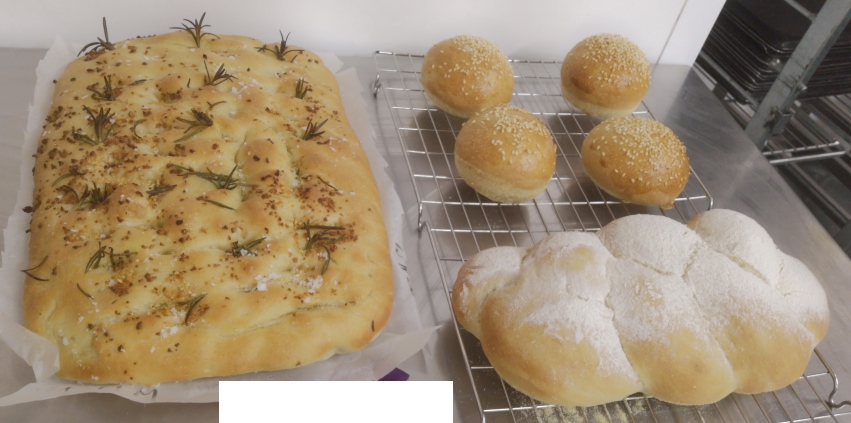This dough can be used for pizza too. And the filling is quite personal.
Ingredients for dough (x2 calzone)
- 225g plain or strong white flour + dusting
- 90ml milk warmed at body temperature
- 50ml water warmed at body temperature
- 1 tsp dried yeast
- 25ml olive oil
- pinch salt
Filling:
- cherry tomatoes
- 1 mozzarella roughly chopped
- any cold meat if you wish
- capers, oregano
- grated parmesan
- olive oil
- some slices of onion
- some tbsp of tomate sauce
Process
- Sift the flour and salt in a bowl.
- Warm the milk and water in a saucepan. Just body temperature! If too hot, will kill the yeast. Add the dry yest and mix.
- Add the milk mix to the flour, mix a bit and then add oil. Mix well.
- Knead until smooth and the window test passes.
- Let me it proof until double in size.
- Pre-heat oven at 250C.
- Mix all your filling ingredients in a bowl.
- Dive the dough in two, roll in a big circle around 23cm or so.
- Put the filling in the middle. Dont put too much so you need to “close” the dough.
- Brush the dough edges with water, then fold half the side over to cover the filling.
- Pinch the edges “covering your thumb”.
- White a knife score the top of your calzone.
- Bake until dough is golden.

It looks like a big “empanada” but still was good.
To be honest, I need to practice more my pizza dough. It is quite far from any good pizza I have tried.








